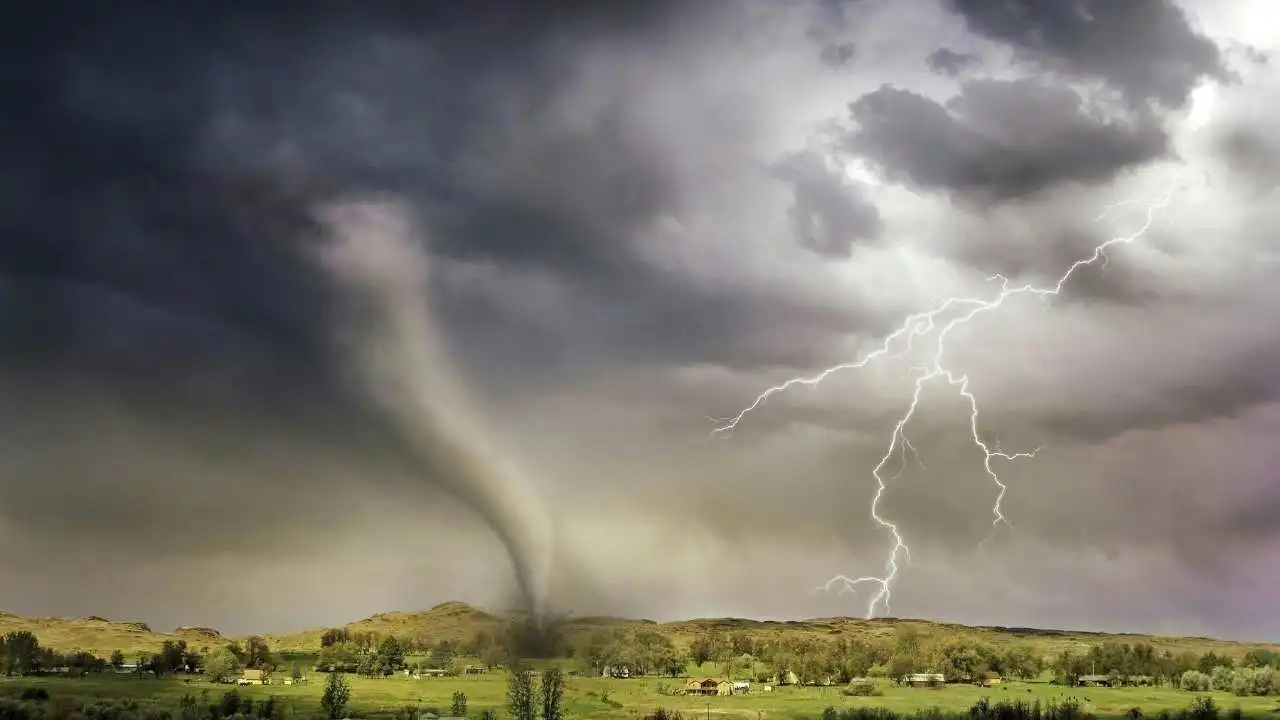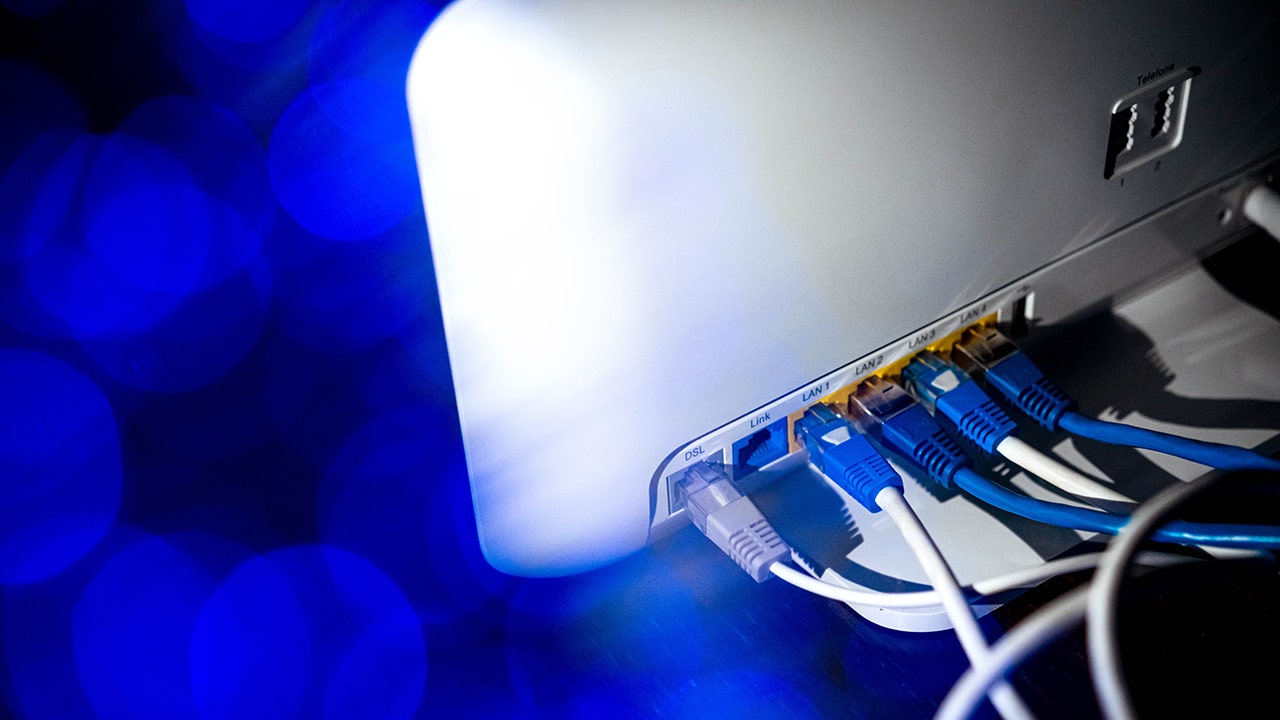Severe weather emergency alerts: How to get loud phone warnings

Central Texas is still reeling from the devastating floods that occurred recently, claiming more than 100 lives and leaving dozens missing. The torrential rains caused the Guadalupe River to rise nearly 30 feet in under an hour, overwhelming communities and emergency responders, and catching many off guard.
One of the major criticisms that arose from this disaster was the lack of advance notice given to residents. Many reported receiving little to no warnings, revealing critical gaps in alert systems during life-threatening weather events. In response to these criticisms, the Department of Homeland Security (DHS) publicly backed the National Weather Service (NWS), emphasizing the importance of robust and timely severe weather alerts.
This tragedy underscores the crucial need for reliable, loud, and timely emergency alerts on your phone or device. When severe weather strikes, every second counts, and being informed can make a significant difference in saving lives.
To ensure that you receive severe weather alerts on your iPhone, follow these simple steps:
1. Set location access for the Weather App in your Settings.
2. Enable Weather App notifications in your Notification settings.
3. Turn on severe weather alerts inside the built-in Weather App.
For Android users, the process may vary depending on your phone’s manufacturer. Generally, you can enable severe weather alerts by navigating to your Settings, selecting Safety & Emergency, and enabling Wireless Emergency Alerts.
If you want extra assurance beyond default phone alerts, consider downloading apps like Storm Shield or the American Red Cross Emergency app. These apps provide storm-based alerts for various weather events and allow you to customize notifications based on your location and preferences.
While smartphone apps are helpful, a separate NOAA Weather Radio remains essential for receiving clear and loud emergency alerts. These radios broadcast official weather information directly from the National Weather Service and can be a lifesaver in situations where cellular connections are down or phones fail to emit warnings.
One recommended NOAA Weather Radio device is the Raynic Emergency Weather Radio, which offers multiple power sources, including solar panels, a hand crank, USB charging, and batteries. This portable device tunes into NOAA weather channels and automatically announces loud alerts during threatening weather conditions.
By combining smartphone alerts with a reliable NOAA Weather Radio, you can ensure that you receive timely and clear severe weather emergency alerts, no matter the circumstances.
The tragic floods in Texas serve as a reminder of the unpredictable nature of severe weather. Taking proactive steps to enable emergency alerts and using trusted apps can help protect you and your loved ones during such events. Consider adding a NOAA Weather Radio to your emergency kit for added safety.
What steps have you taken to ensure you receive loud and timely severe weather alerts? Share your experiences and thoughts with us at CyberGuy.com/Contact.
Stay informed and prepared for any weather emergency by signing up for the free CyberGuy Report, filled with tech tips, security alerts, and exclusive deals. Join the community at CYBERGUY.COM/NEWSLETTER.
Copyright 2025 CyberGuy.com. All rights reserved. Kurt “CyberGuy” Knutsson is an award-winning tech journalist known for his contributions to Fox News and FOX Business. For tech questions, story ideas, or comments, visit CyberGuy.com.




